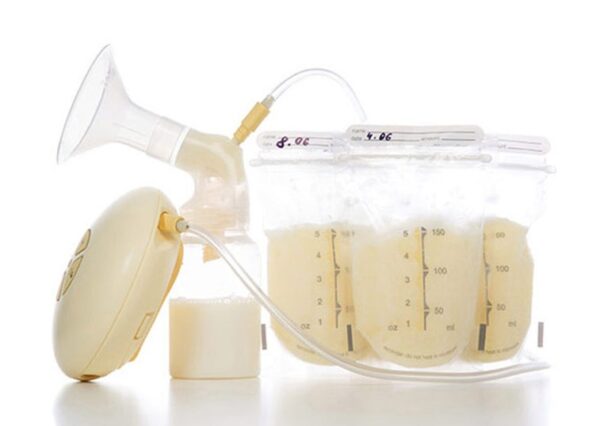
The single determining factor in whether you gain/lose weight is related to how much you eat. If energy intake exceeds energy expenditure, then you will gain weight. And if you consume less food energy than you expend, you will lose weight. It is physics, and there is no way around it.
It is understood that it is crucial that you pay attention to what you eat if you want to change your body composition. Therefore, we recommend that our students measure and track the food they eat. And ideally, this is done using a food scale, as that provides the highest level of accuracy.
However, it’s not always practical to weigh your food because you go to restaurants or social functions where you don’t have the ability to measure quantities. The options are either to estimate the food quantities or simply not track it.
At Stark, we believe that it’s best to always track your food, even when it’s inaccurate. The reality is that when we don’t measure/manage what we eat, we will usually eat too much. Particularly in the setting I just mentioned, where there are lots of delicious, high-calorie foods.
Below is a reference guide for how to estimate your food portions so that you can keep on track with your nutrition plan, while at the same time enjoying a meal out at a restaurant.
So here goes…
Protein:
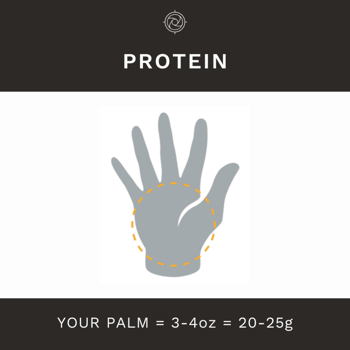
Any piece of meat or fish that is the size of your palm will be roughly 3-4 oz. and will likely contain 20-25g of protein. This can still vary quite a bit depending on the type of meat. For example, 4 oz. of skinless chicken breast has 25 g Protein but is only 122 calories because it has very little fat. But 4 oz. of 85% lean ground beef contains 21 g Protein and has 240 calories, due to a higher fat content.
But even with this variation, you can factor for it if you’re able to closely estimate the weight of the meat/fish by using your palm as a reference point. And then you can plug it into your food tracking app to get the correct macros/calories.
Fats:
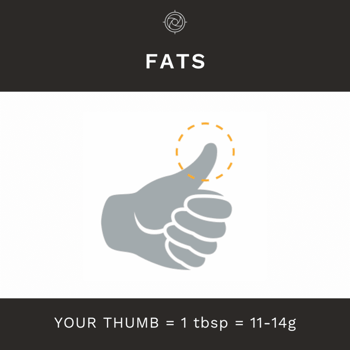
Most foods contain at least some fat; however, this is a reference for more highly concentrated fat sources, such as oils/butter. The general guideline is that a tablespoon of oil/butter is about the size of your thumb. Depending on the source, each tablespoon has 11-14 g Fat and 100-125 calories.
Carbs:
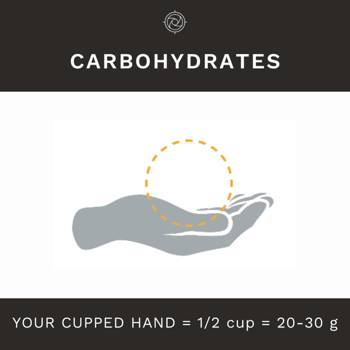
One thing to mention when it comes to estimating carbs is that this does NOT apply to processed/refined carbohydrates. How you estimate the number of carbs/calories in quinoa is quite different than Lucky Charms. Both are a source of carbs, but the density is much higher in the latter.
But when dealing with unrefined carb sources, the general guideline is that the amount that would fit in your cupped hand is approximately ½ of a cup, and in most cases will provide 20-30 g carbs.
Vegetables:
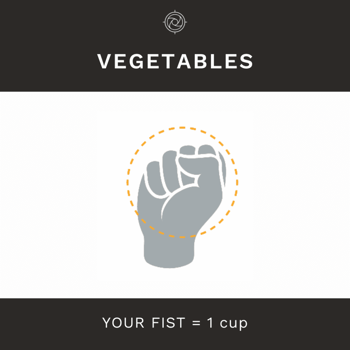
When it comes to vegetables, it’s pretty simple: an amount the size of your fist is approximately 1 cup. However, don’t sweat it if you’re a bit off because most vegetables have a negligible amount of calories, and the nutrient density, fiber content, and thermic effect of eating vegetables all make it so that it’s really hard to blow your nutrition goals from too much broccoli!
When it comes to tracking your nutritional intake, something is better than nothing. So the next time you’re out at a restaurant or eating food that someone else prepared, use these guidelines, and do your best to estimate the amount of food you’re eating!

3 Tips to Staying on Track Over the Holidays
With special events, parties, family gatherings, and travel plans, the holidays can throw off your regular routines and make it especially...


.png?width=70&height=70&name=Stark_LogoMark%20(1).png)
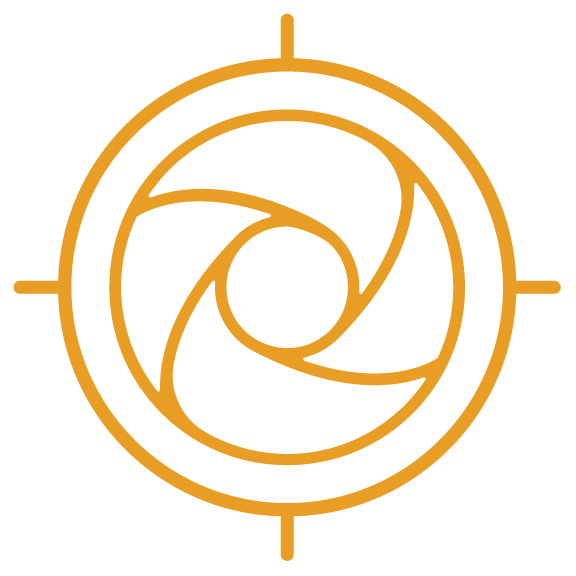 Stark
Stark
